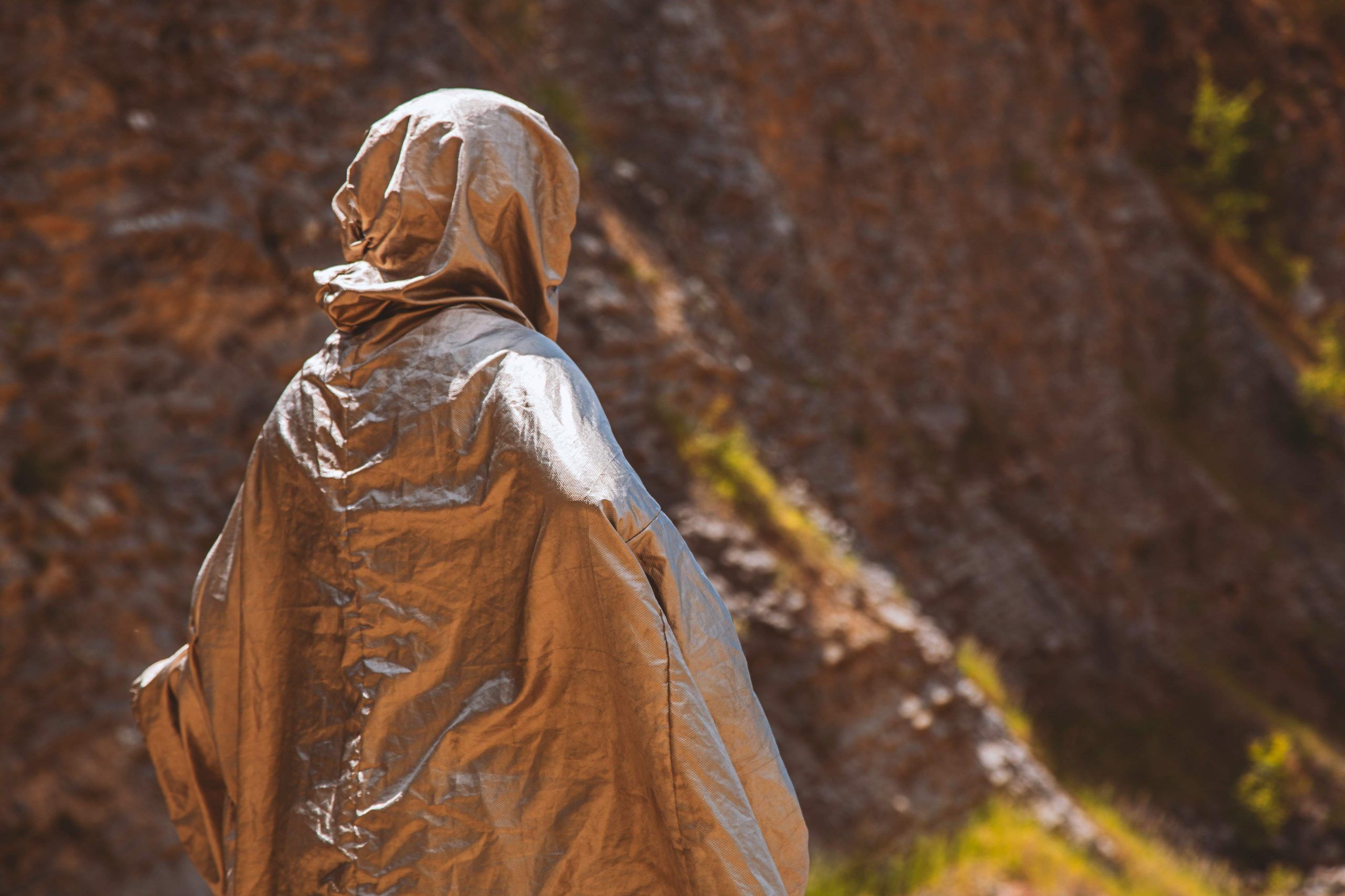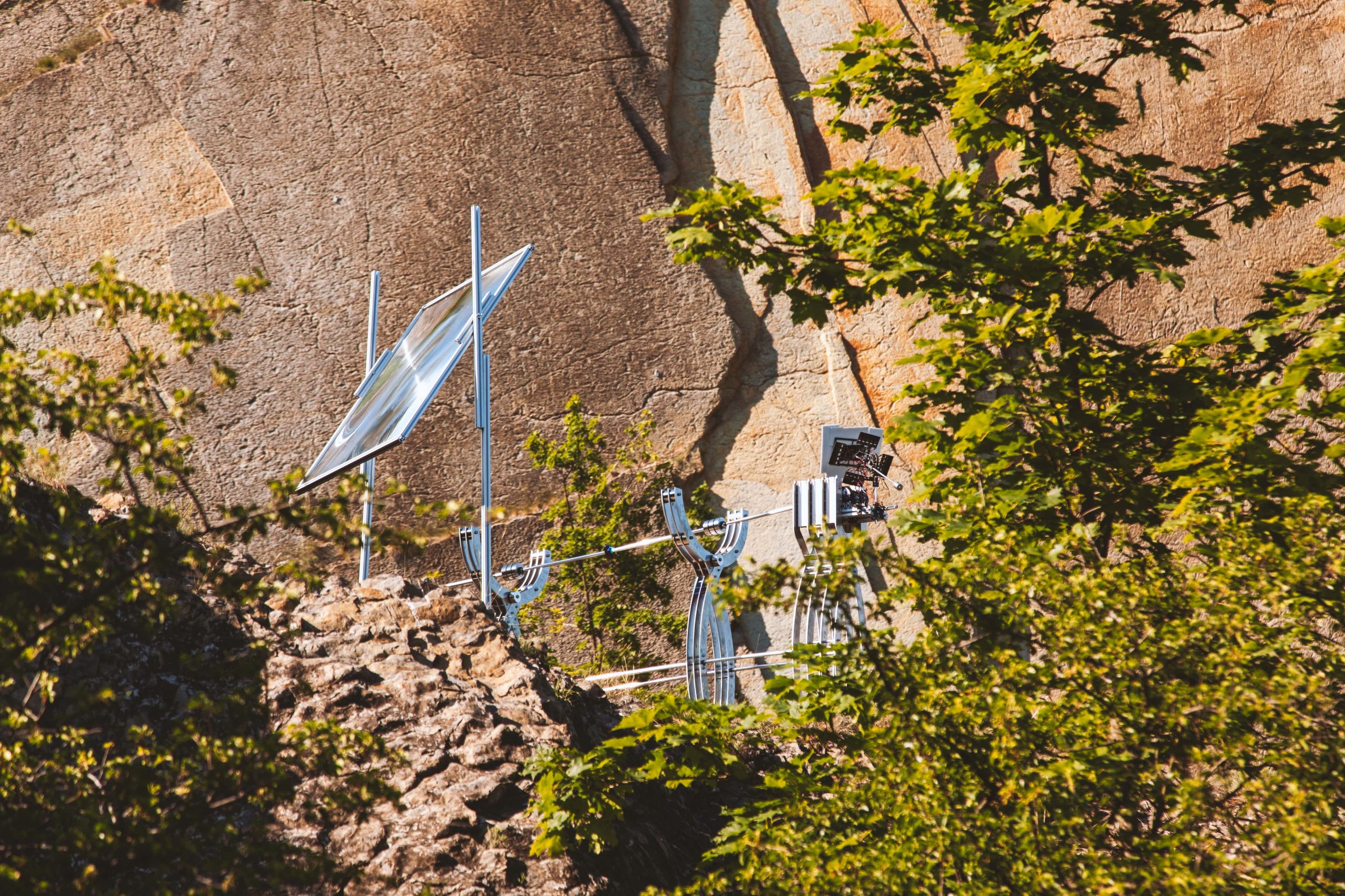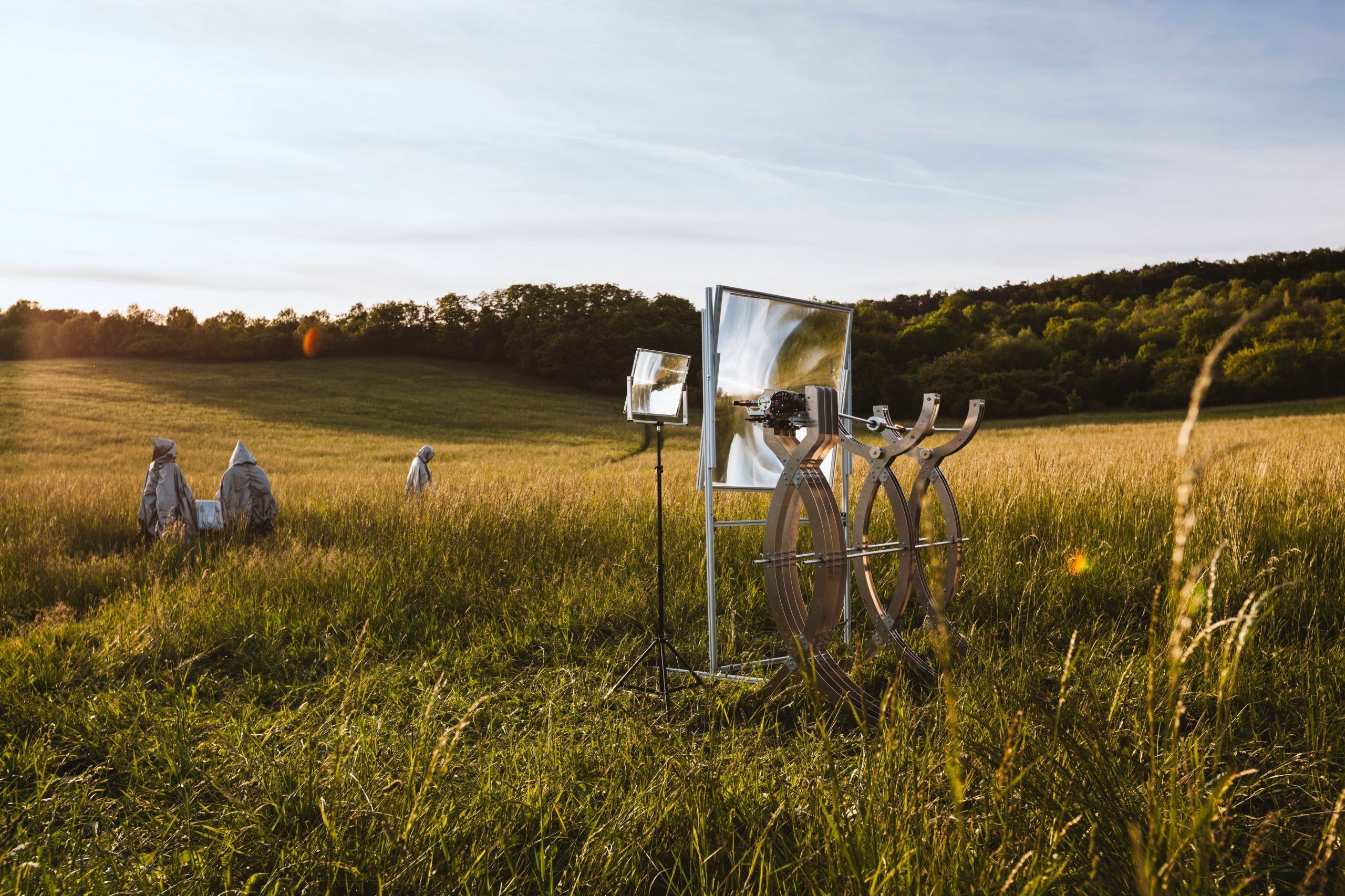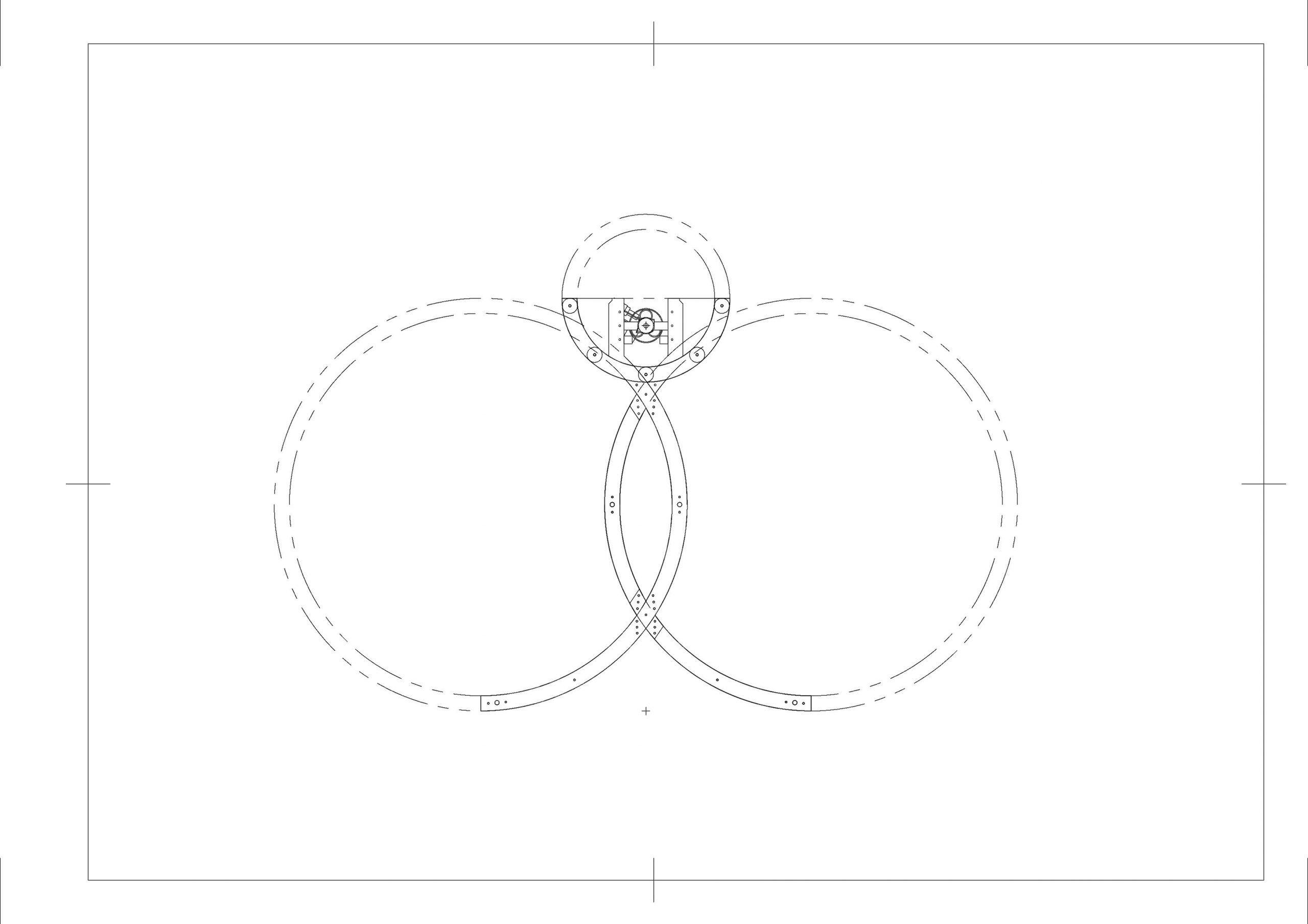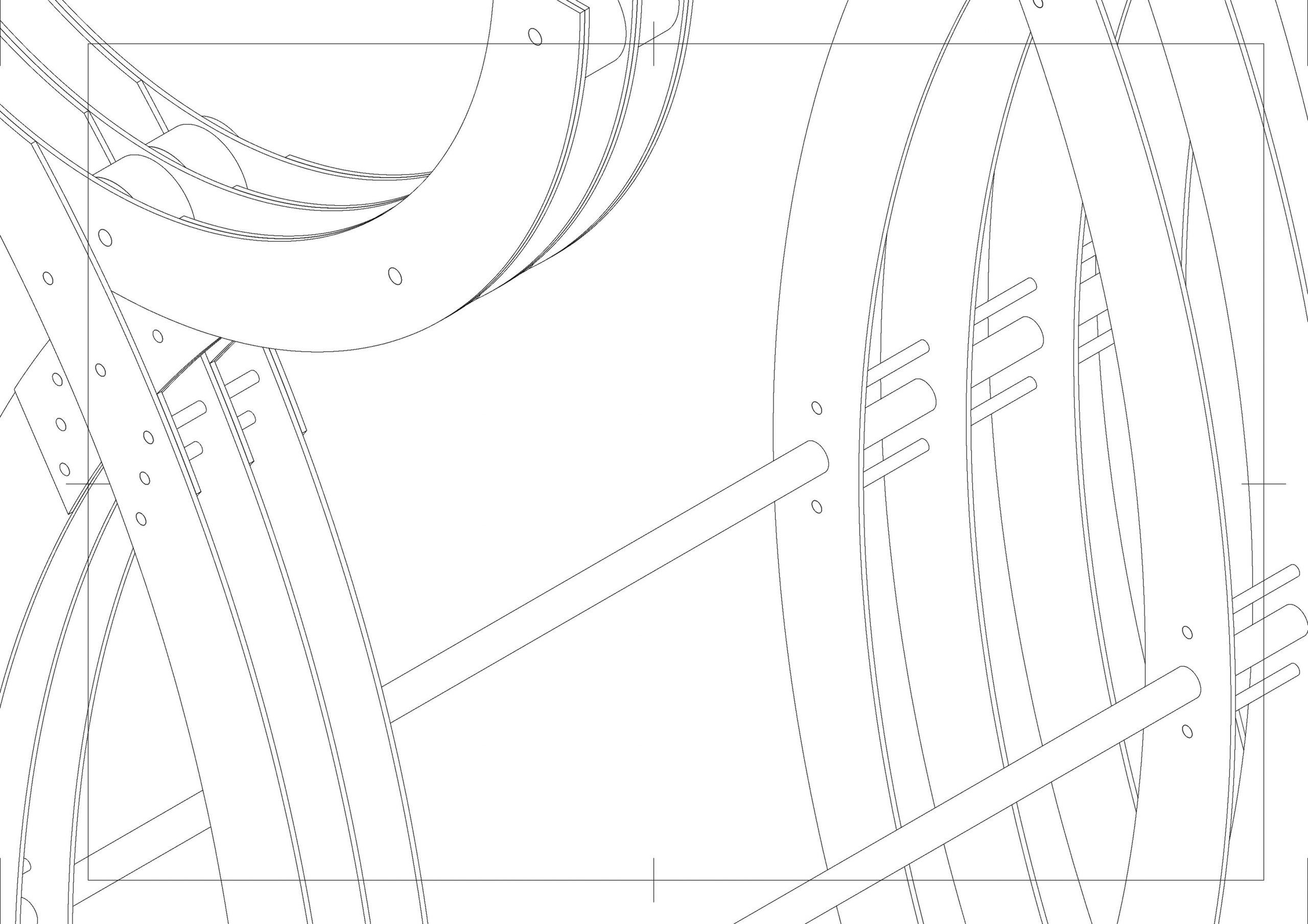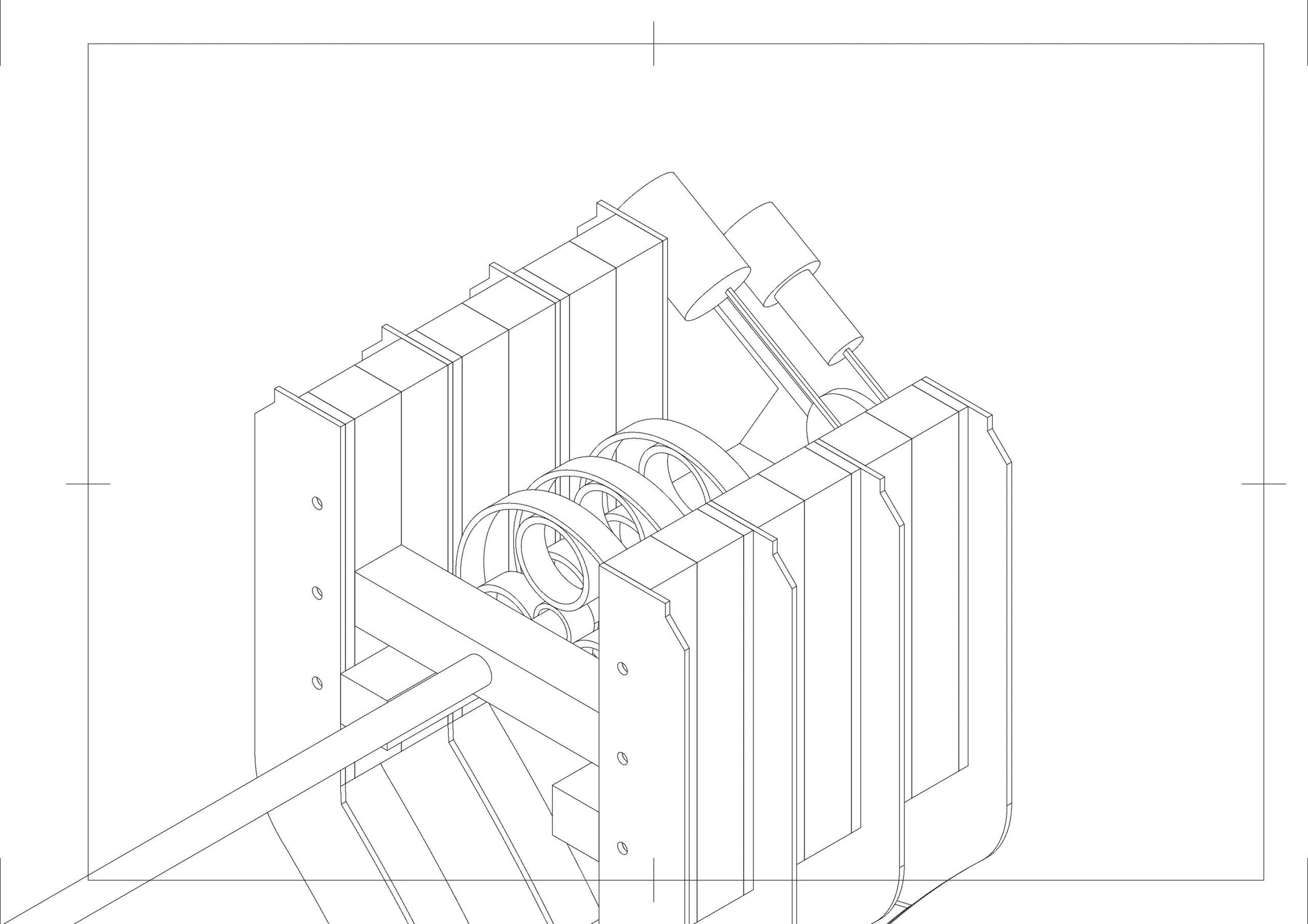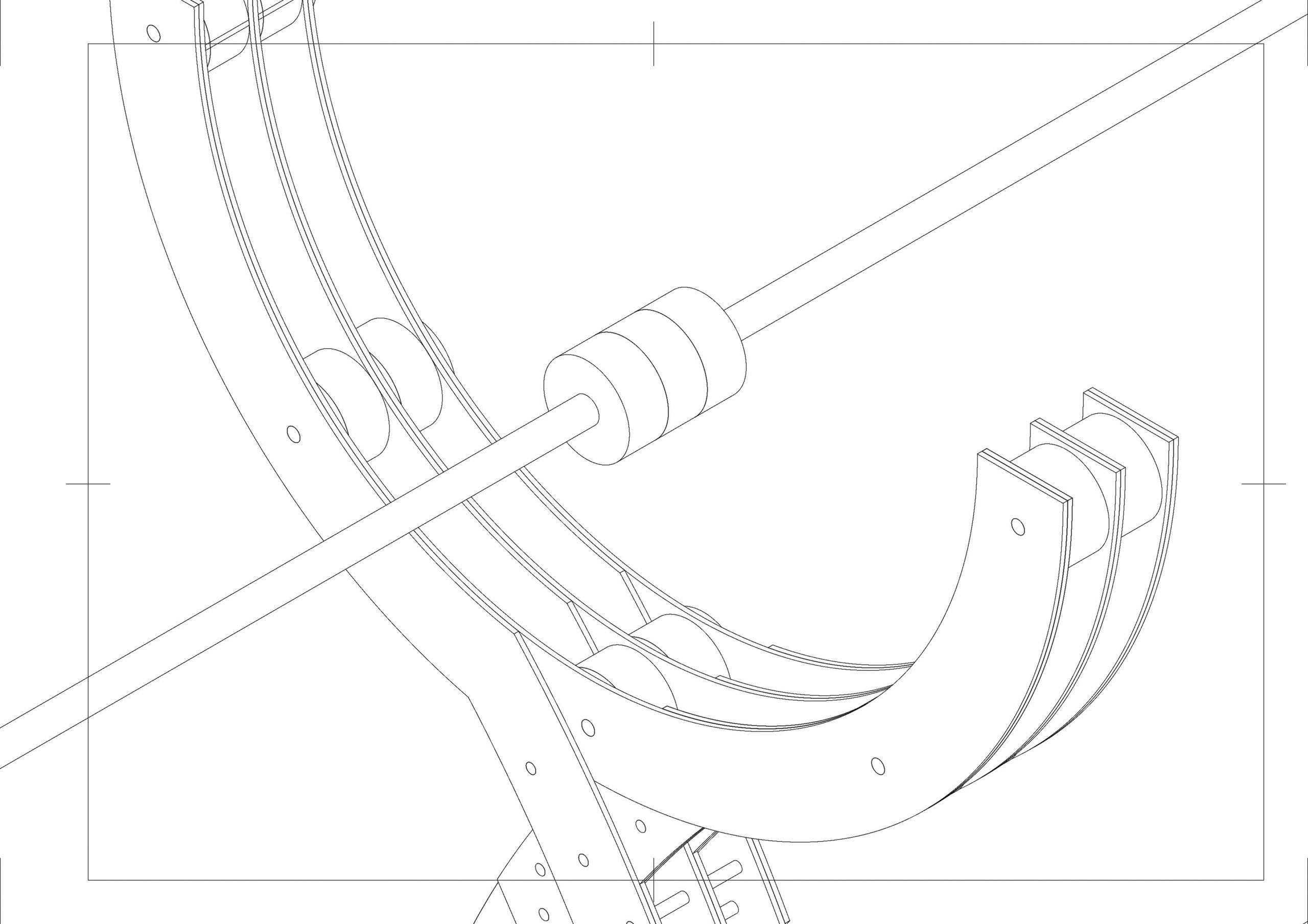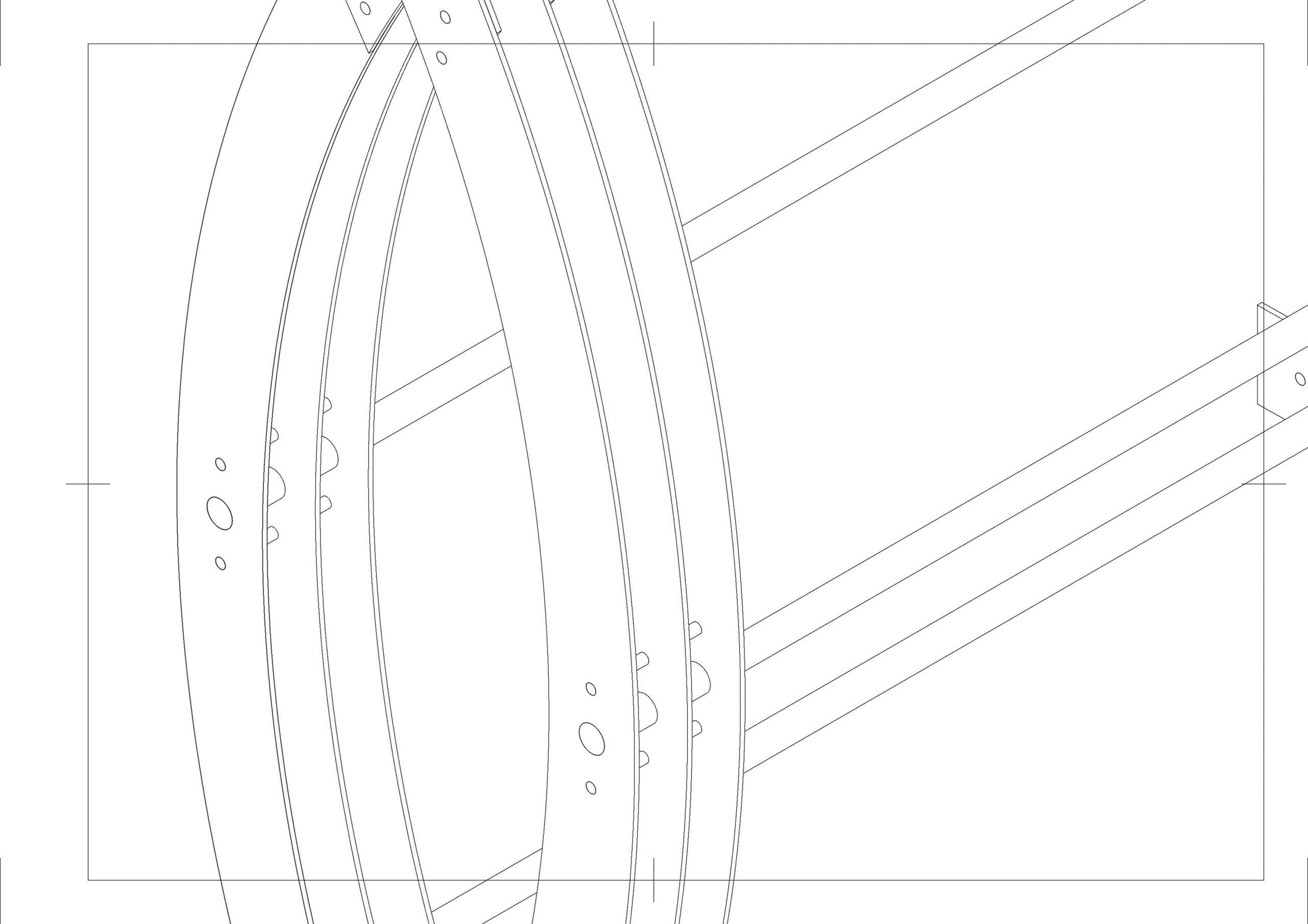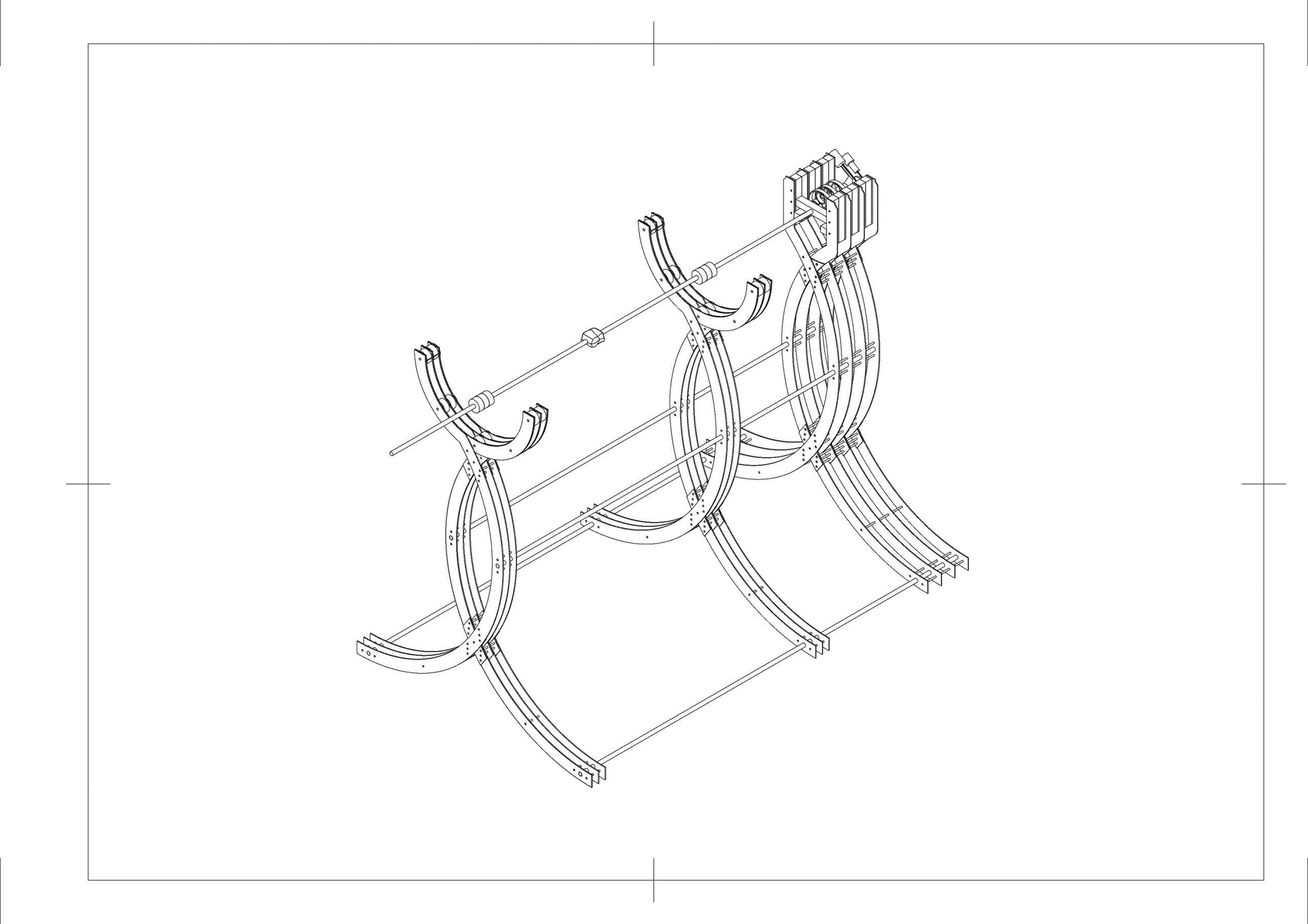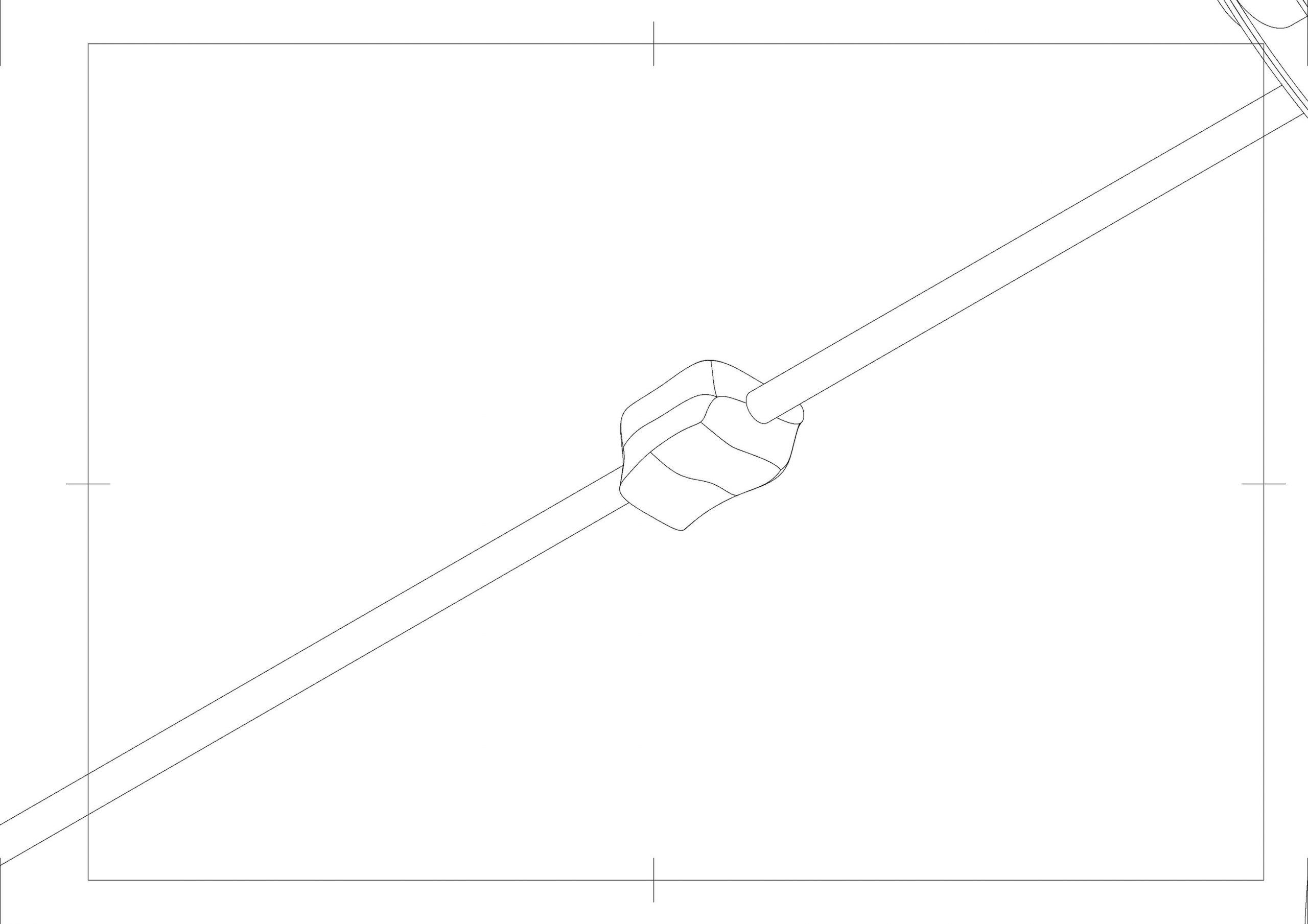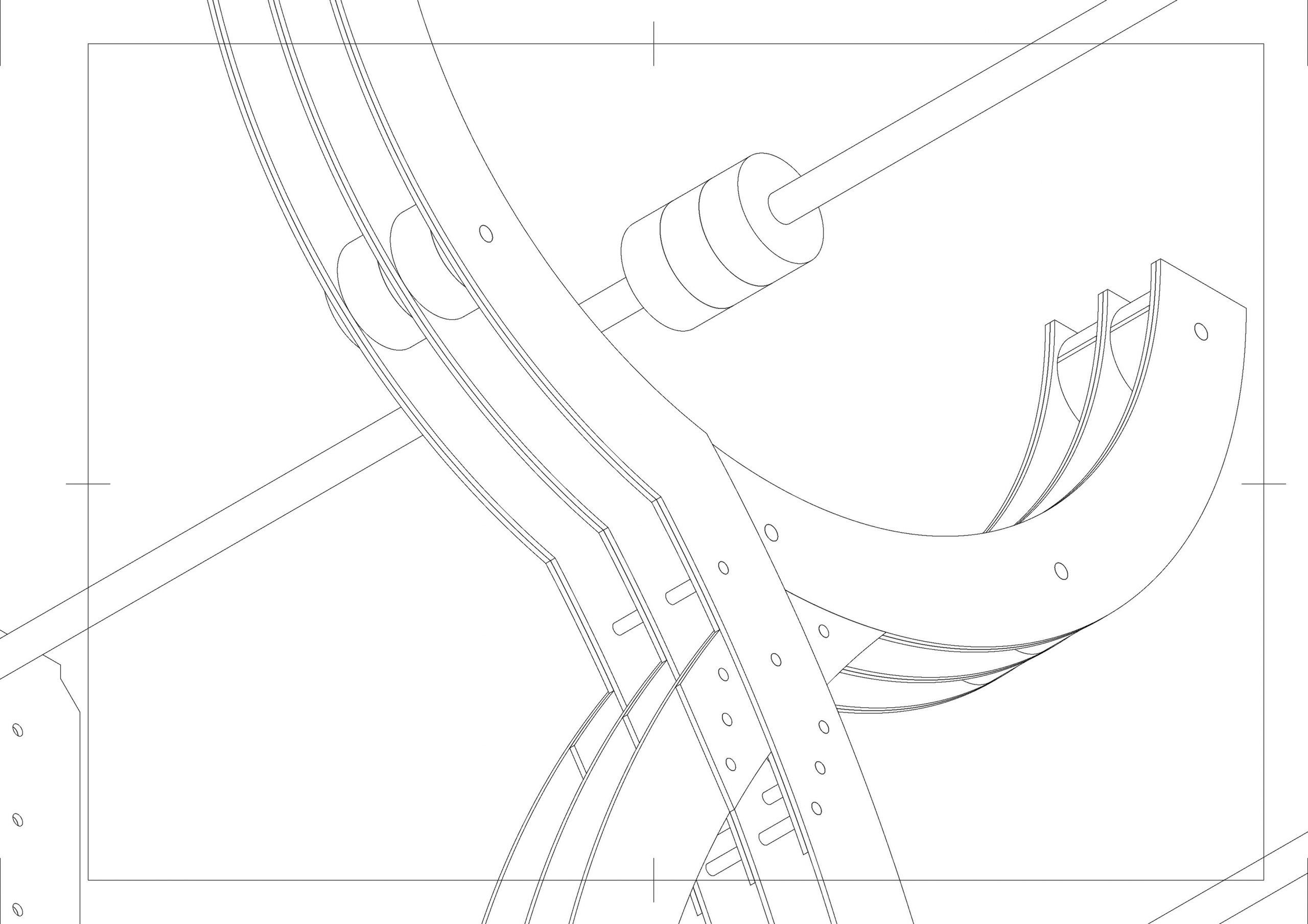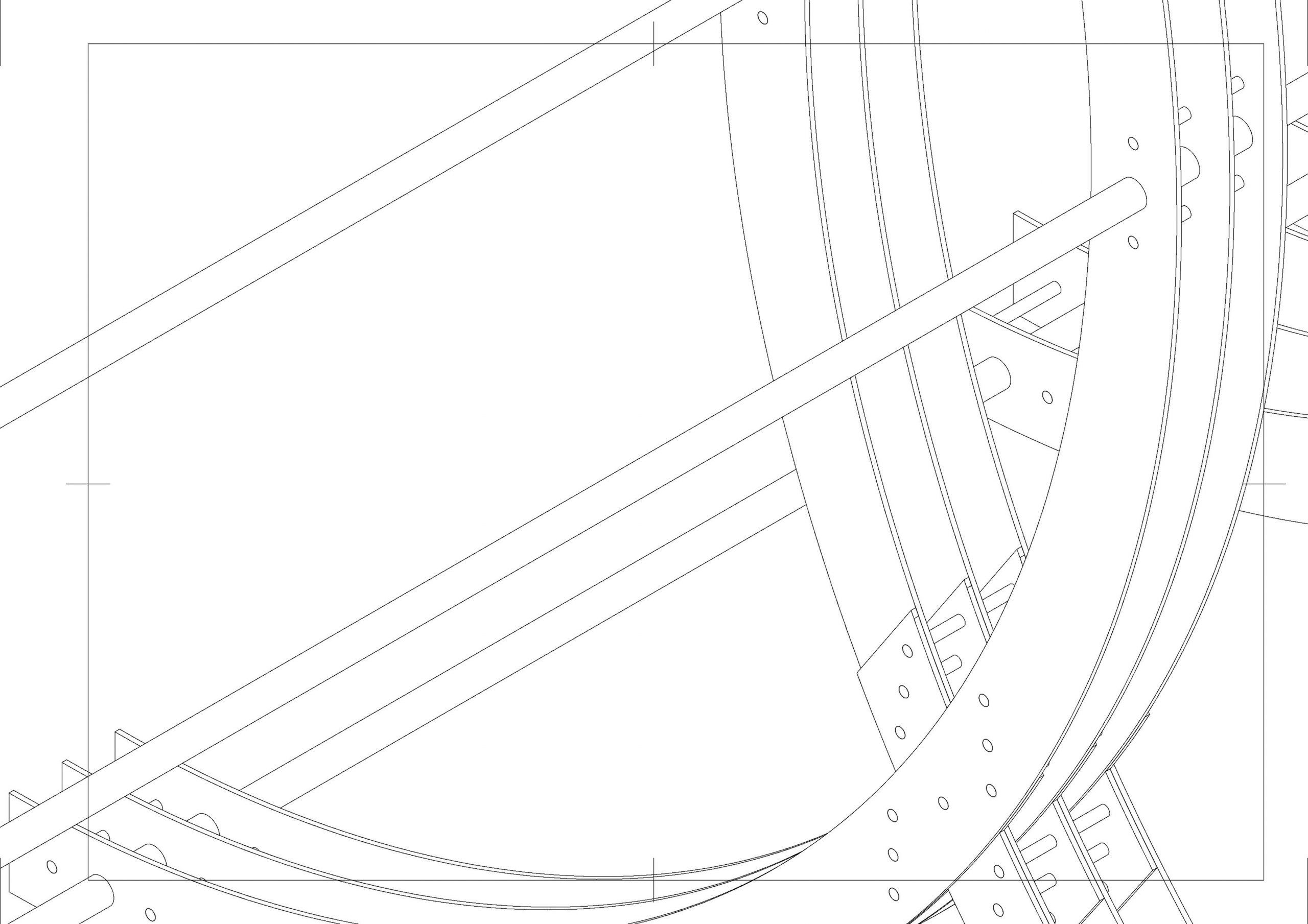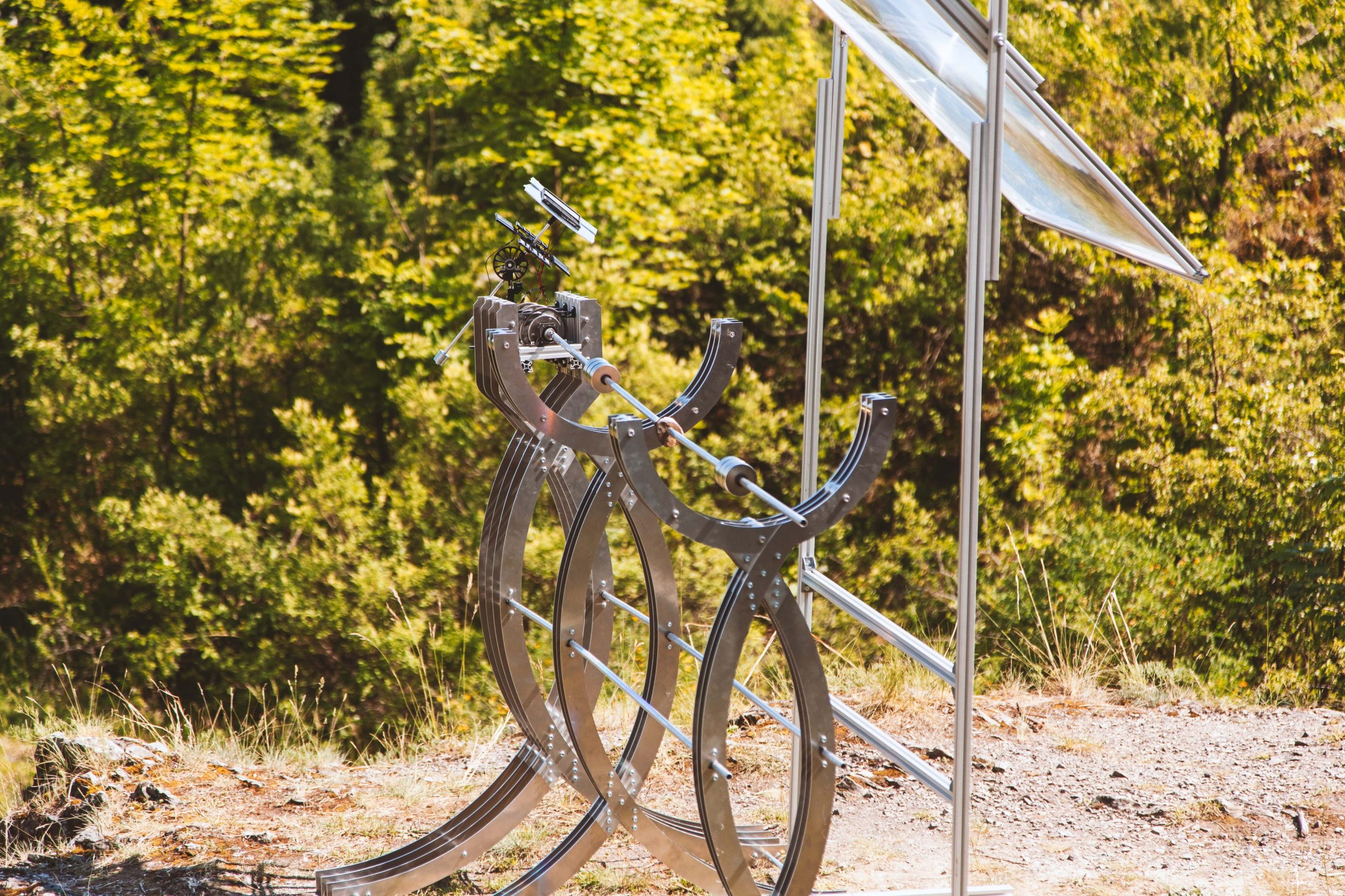
Inter Solaris
Academy of Fine Arts in Prague / Prague / Czech Republic
Technology / laser cut aluminium / Fresnel lenses / neodymium magnets - 2000x1800x700mm
Inter Solaris is a kinetic object that, when placed in specific locations, transforms rocks found in its vicinity with the help of sunlight. The mechanism of the work works in time cycles, during which it applies concentrated sunlight to the medium. The medium - the rock - is housed in a rotating shaft that rotates, thereby exposing different parts of the medium to the sun's rays. The rock is transformed by the continuous influence of the sunlight. The whole apparatus works in relation to solar activity, which influences the transformation process of the objects in question. The action of the sun is thus reflected in different intensities of recording in the individual rocks.
However, the record burned into the rock is not simply a record of solar activity. Solar radiation is affected by other variable factors, for example, it is reduced as it passes through our atmosphere. Time of day and time of year are also important. Other factors can be pressure, humidity, cloud cover, altitude or even the passage of a bird across the sky. These filters projected in the fired structure represent a unique moment, an irreversible record of a moment that happened during the firing. Even the spectator watching the event becomes part of the filters, his presence is also translated into a record of a unique moment.
The whole cycle is defined by the specific environment from which the rock representing the site originates. The role of the artist here merges with that of the researcher who defines the key location and sets up the solar laboratory. Based on these parameters, that unique moment is recorded. The sun represents the eternal engine of humanity operating in this moment through the filters and the solar laboratory. The evidence and the artefact is a processed rock, which, thanks to its origin, also represents a fragment of the place where the action took place.
The role of the artist is twofold in the case of Inter Solaris. The basis of the whole work is the performance of the creation itself, where the artist acts as a mediator of the experience and interpreter of the whole process. The second role that the artist plays is that of a collector of artefacts that perform the independent function of physical artworks. The primary question connecting these two parts into one whole is the meaning of the whole event in the long and short term. Through performance, the artist draws the viewer into the action and lends his or her own insight into the dimensions opened up by the installation. Furthermore, the artist, in his role as a collector of artefacts, connects the individual performances and bridges the separate processes with his own concept. In the long run, he thus provides the viewer with the opportunity to compare the individual outcomes, external memory keys, and by presenting them he points out their common characteristics as well as their unique differences.
The motive of both approaches is thus to capture the balance of this stepped equation and, above all, the aspect of the viewer himself in the play of light, time and space. It only takes a moment of careful thought, a clear mind, and the immeasurable complexity of the whole problem will emerge from the banality of everyday simplification. Light will be our guide in this discussion. It is not likely that we shall be able to answer satisfactorily all the questions that arise, but it is quite certain that in the end we shall each arrive at our own frontier of knowledge.
These efforts of ours will be recorded by a light beam into a unique permanent material in a specific period of time. Together with our cognition, the artifact emerges as a direct witness of a unique moment, as a signum tempori, as an echo of external space resonating in human consciousness. Without the viewer as the patron of the artifact's creation, it is impossible to decompose the data record into meaningful information. Each viewer, however, has a different key to deciphering it, although some aspects may coincide.
The passage of time, its measurement and the determination of the present time is one of the most challenging philosophical disciplines. If we view time along the lines of St. Augustine and his treatise on time, we necessarily conclude that without the input of man and his thought, there is no such thing as the present. The existence of the present is firmly tied to the man who measures time. For, according to Augustine, time is not merely the movement of heavenly bodies, but rather an idea, a being, a metaphysical category, an environment. Augustine then speaks of time and the present as follows:
"Should there not be a movement of all bodies in time? Or if the lights of heaven were extinguished, and only the potter's wheel were turning, would there not be time by which we could measure the turning of the wheel and say that it turns in the same moment, or that some turns are longer, others shorter? Or, speaking of this, would we not also speak in time?"
It is based on the basic predisposition that time is a property of its expansiveness and that it is not just an expression of the motion of bodies. And this for two reasons. Firstly, even immobile bodies persist in time, so motion is not a presupposition of time. And secondly, even in relation to the bodies of the universe and their light, time is not conditioned, since we perceive it even when we do not see the light. Time is therefore perceived by Augustine as duration. He ends his thesis as follows:
"Time is nothing but a kind of duration, but I don't really know what? It would be strange indeed if not for the spirit itself."
By setting the installation in the spread of events, a timelessness is created. Inter Solaris as a work of art thus provides the viewer with an insight into the complexity of time and its coincidence with man and space. The artifact created within the performance is a record of these coincidences, including the spirit of the viewer himself.
At the same time, Inter Solaris is an installation that inculcates environmental art. The environment in which the installation is built and where the performance takes place is as crucial as time and the viewer to the complexity of the recording in the artefact. By sourcing the material of the artefact directly from the performance site, its properties affect the inscription itself. This creates a uniqueness of place.
The viewer's role in the whole performance is not insignificant. The artefact is primarily his external memory key, as he is a witness to its creation. In the longer time frame of the presentation of the artefacts themselves, the viewer can compare artefacts familiar to him with those to which he perceives no connection. He can also, and above all, try to decipher the artefacts known to him, since that is their main purpose. If he is able to recall the evasion of its origin on his personal planes, we can boldly declare that the experiment has been successful. If he encounters white spaces, or if any of the factors do not make sense to him, it is certainly not a failure, but merely a thought-provoking question as to whether his perceptual mechanism is calibrated correctly and, if so, what are the values of the filters he judges to be most important. It is the individual perception of the viewer that makes each artefact unique in the plane of a work of art.
If we have already accepted the artistic-aesthetic value of the artefact, it is necessary to focus on the aesthetic aspect of the performance itself. This is based on the overlapping of several principles. The core concept of the Inter Solaris performance is site-specific; the use of a unique space for the artistic event itself, with the intention of using the genius of the site to enhance the experience. In this particular case, the performance even uses material from this specific site as a key element of the whole concept. Another principle is then the artistic aspect of the energy of light, which the artist presents to us in its concentrated form by means of a lens. Metaphorically, the artist presents the light and the stone into which he records a spiral ornament with the help of the lens. Through this process, the viewer is also reminded of the rotating world and the time that is spread over it. As it seems, light is and is not the key to understanding this philosophical-dialectical question. And it is this dichotomy, the stirring that the performance provokes in the viewer, that is the key moment of the whole performance. The viewer thus takes away the aesthetic experience of the ordinary environment through a unique laboratory, while being exposed to a dematerialized universalist philosophy. Thus, it enters the "Inter Solaris" phase.
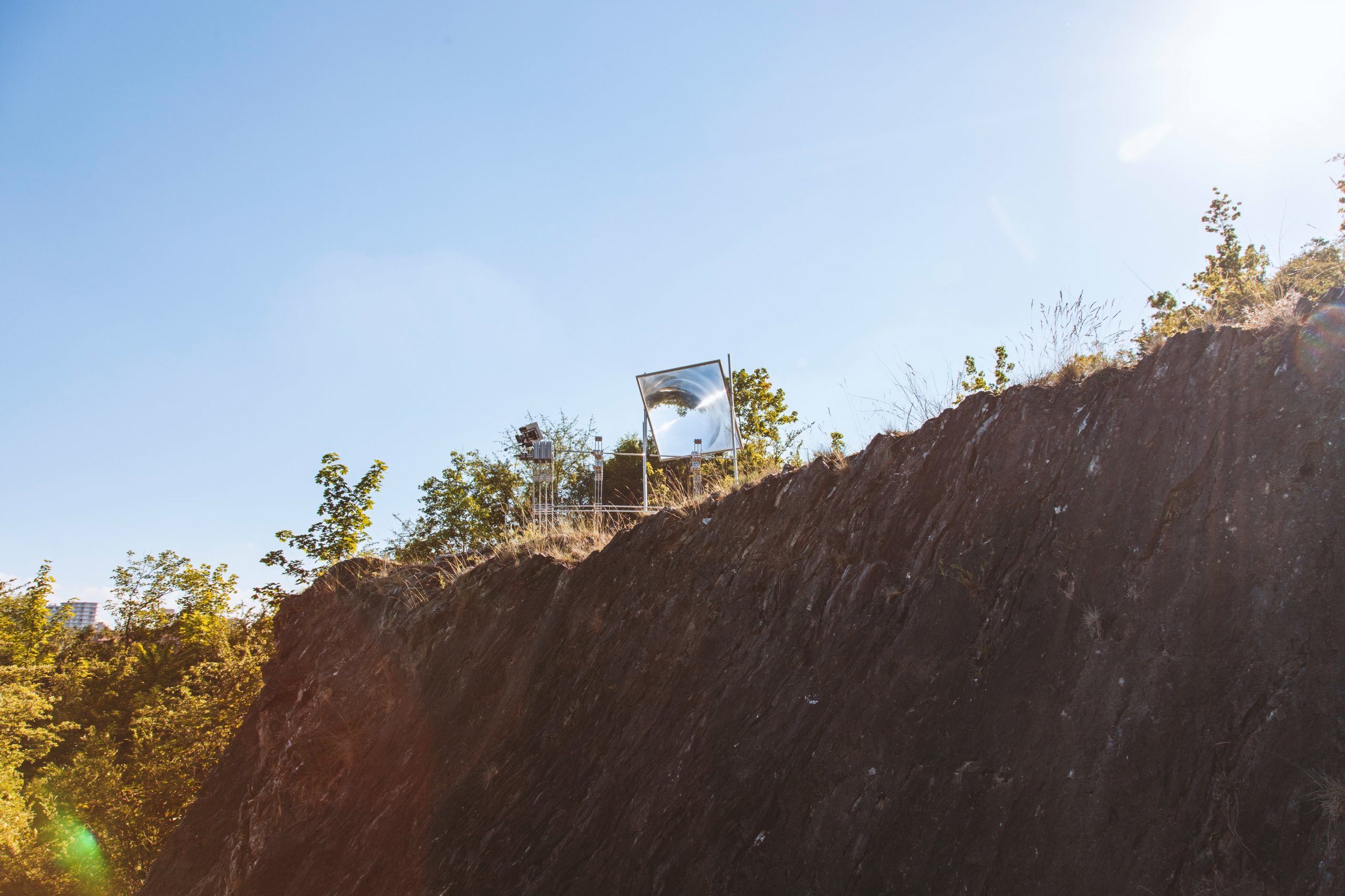











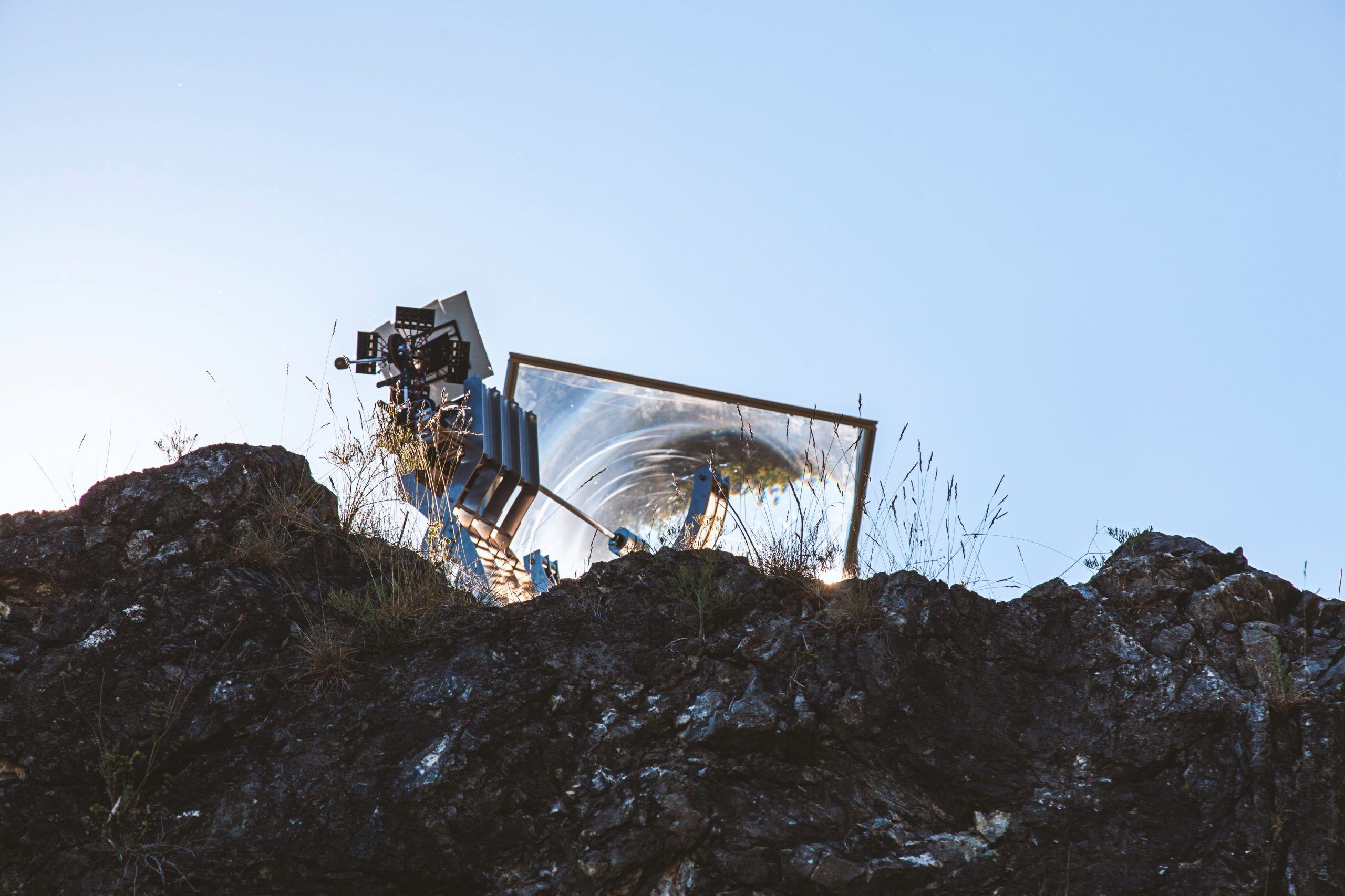



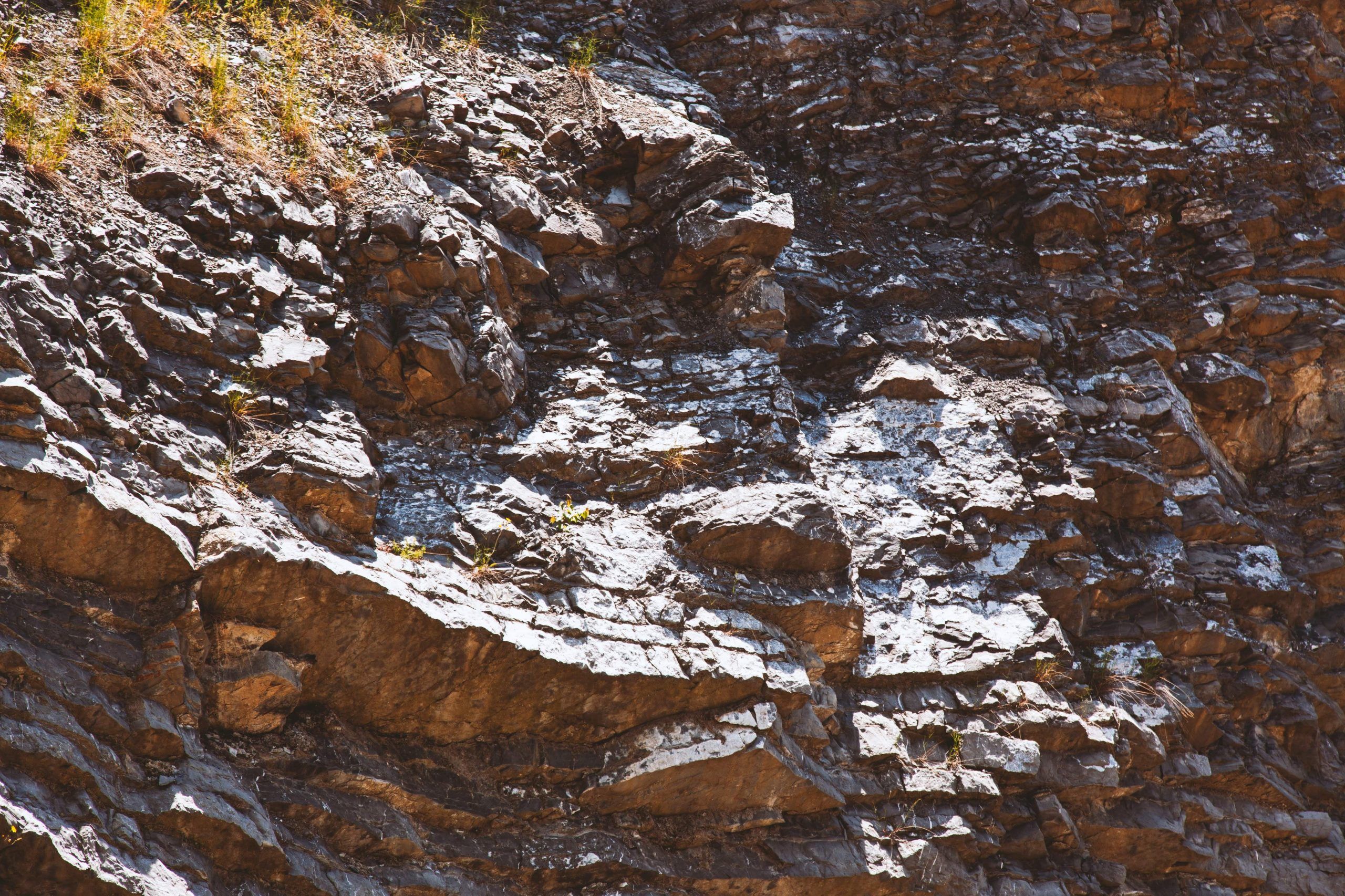



Rock 01
























Rock 02
























Rock 03
























Rock 04
































